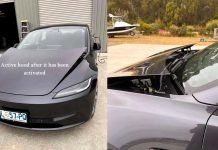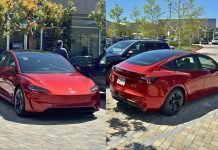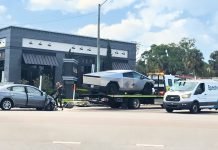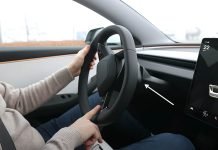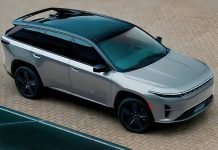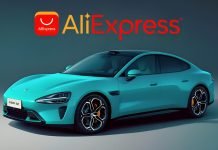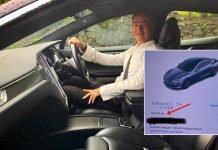Sustainable mobility has been one of the biggest talking points of the automotive industry in the past decade. With internal combustion vehicles being one of the major contributors to the air pollution that has grappled Planet Earth, electric vehicles started becoming relevant. With the aim of sustainable development, many companies like Tesla began large scale research, development, and manufacturing of electric vehicles. Many European companies followed suit, but none of them could be called “Tesla Killer”, due to Tesla’s rapid progress in electric mobility. And so, the only way to compete with them was to come up with a more innovative piece of technology – something like solar-powered or hydrogen-powered vehicles.
Hyperion XP-1: World’s First Hydrogen-Powered Supercar With Over 1,600 KM Range
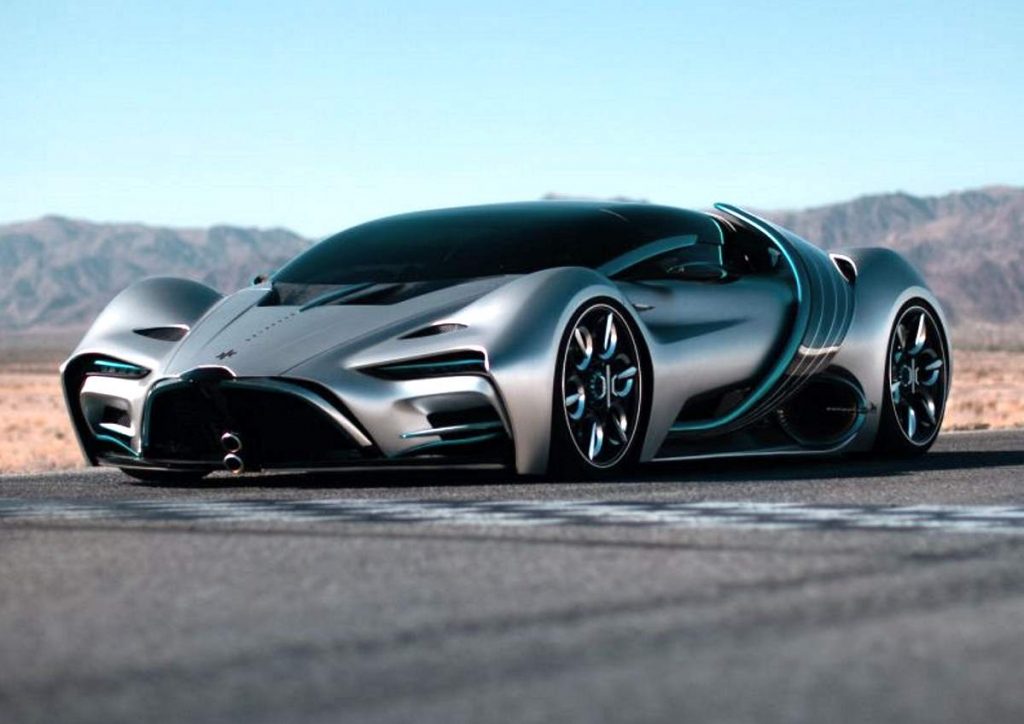
Tesla’s USP in the automotive industry has been their ideology of thinking like a tech company rather than an automobile company. And it isn’t surprising that their newest ‘competition’ is from California as well. Hyperion, a company founded in 2011, consists of three major divisions – energy, automobile, and aerospace, all focused on using hydrogen-powered technology. They recently launched their XP-1 model, a hydrogen-powered supercar, and with some impressive features, this company could very well go on to be the “Tesla Killer”.
Hyperion CEO Angelo Kafantaris recently remarked that they have no interest in taking on Tesla in the sustainable mobility sector, saying “There are enough car companies. We are an energy company that is building this car to tell a story”. But with specs like a 1000-mile range and a charging time as low as 3 to 5 minutes, comparisons will be unavoidable.
Key performance parameters of the Hyperion XP-1 are:
- Top speed of 221 mph (356 km/h)
- Driving range of 1000 miles (1609 km)
- All-wheel-drive powertrain
- 0 to 96.5 km/h (60 mph) in 2.2 seconds
- Charging time of 3 to 5 minutes
Fuel Cell Technology
Hydrogen-powered technology is an excellent alternative to ICE and EVs for two major reasons. Firstly, hydrogen is more energy-rich than gasoline and lithium-ion batteries, meaning it can provide more energy while utilising the same amount of raw materials. Secondly, the exhaust coming out of these vehicles will be, quite literally, drinkable, otherwise known as dihydrogen monoxide, or water. The fuel cell technology is like a cross between the combustion engine and electric battery. Power is provided by pressurized hydrogen which is stored inside a fuel tank. Like in an electric battery, a chemical reaction takes place, where the hydrogen is chemically fused with oxygen to form water. This process releases energy, which is then used to power electric motors.
The XP-1 uses two large carbon fiber tanks of hydrogen that drive two powerful electric motors. Paired with a set of supercapacitors, these tanks are lighter in weight, compared to the heavy lithium-ion batteries, thus helping to improve range and power. The XP-1 also has active aerodynamics that improves cornering at higher speeds and also doubles up as solar panels, which are programmed to follow the position of the sun. The use of supercapacitors instead of traditional batteries helps in thermal management as well, as they do not get affected as much by extreme temperatures, thus delivering a higher efficiency.
Li-ion battery vs Fuel cells
Despite Kafantaris’ statement of not wanting to compete with Tesla, automobile critics are bound to do just that. And considering the impressive specs that Hyperion has put forward with the XP-1, comparisons will most definitely focus on the Tesla Roadster.
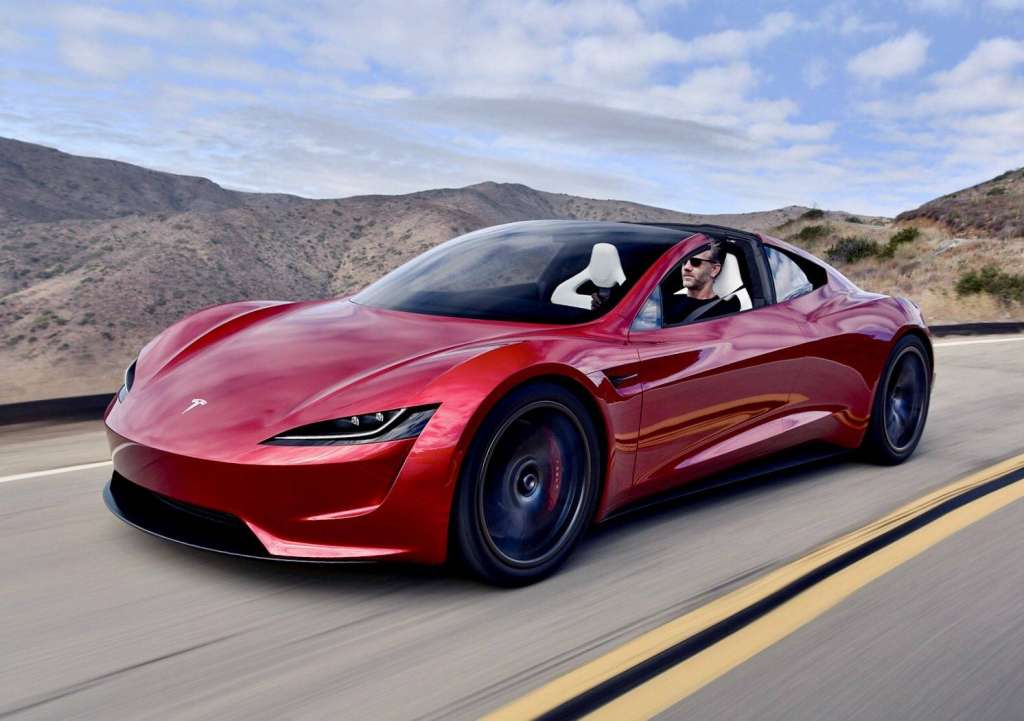
The original Tesla Roadster made the headlines back in February 2018, when it was part of the payload of the Falcon Heavy, and became an artificial satellite, the first production car to orbit the Sun. The SpaceX option package on the Roadster would make it capable of maneuvering through space, but even on the road, it has impressive specs.
Tesla calls the Roadster ‘the quickest car in the world’, with record-setting acceleration, performance, and range. Despite being a performance-oriented car, it comes with 4 seats and it maximizes the potential of aerodynamic engineering.
Tesla Roadster vs Hyperion XP-1
| Specs | Tesla Roadster | Hyperion XP-1 |
| 0-96 kph acceleration | 1.9 sec | 2.2 sec |
| Top Speed | >400 kph | 356 kph |
| Driving Range | 997 km | 1609 km |
| Type of Drive | All wheel drive | All wheel drive |
| Seating Capacity | 4 | 2 |
| Type of Powertrain | Electric Power | Fuel Cell Power |
| Base Price | $200,000 | Yet to be announced |
The Refuelling Conundrum
One major issue that hydrogen-powered technology faces is the lack of a structured charging architecture. According to a report in 2018, there were only 39 publicly available hydrogen refueling stations in the United States of America – a number that hasn’t increased much since. Compared to that, the Tesla Supercharger infrastructure boasts of 12,000 charging stations across the USA, Europe, and Asia. And this is the main focus of Hyperion’s future plans.
Kafantaris claimed that hydrogen can be obtained from excess grid solar power, while also saying that “Creating hydrogen is greener than manufacturing batteries”. Keeping this in mind, Hyperion aims to create a network of refueling stations similar to that of Tesla, in a bid to create awareness and acceptance of the fuel cell technology.
Hyperion claims that the introduction of the XP-1 is a means of attracting the automobile customer base to a technology cleaner than the electric vehicle, and in the process, help accept hydrogen power widely. The benefits of using hydrogen power include a really long-range coupled up with really fast refueling, a longer life cycle that doesn’t degrade with every recharge (or refuel), and lastly durability, due to a relatively good performance in extreme temperatures.
Electric vehicles have revolutionized the automobile industry in recent years with cleaner energy than ICE vehicles. However, worldwide public acceptance still evades the EV technology, with issues like limited driving range, and longer times of charging. Another environmental issue of the EVs that is often overlooked is the recycling of the batteries. The lithium-ion battery may have reduced emissions on a huge scale, but their disposal creates a lot of waste. With performance-oriented electric supercars coming out, the health of the battery is subject to a lot of loads, and experts in this sector are yet to come up with greenways of battery recycling/disposal. With the combustion by-product of fuel cells being water, and their ability to have more durability and battery health, hydrogen-fuelled technology may have a lot of future scopes.




